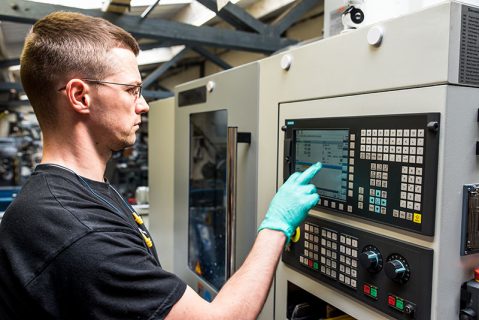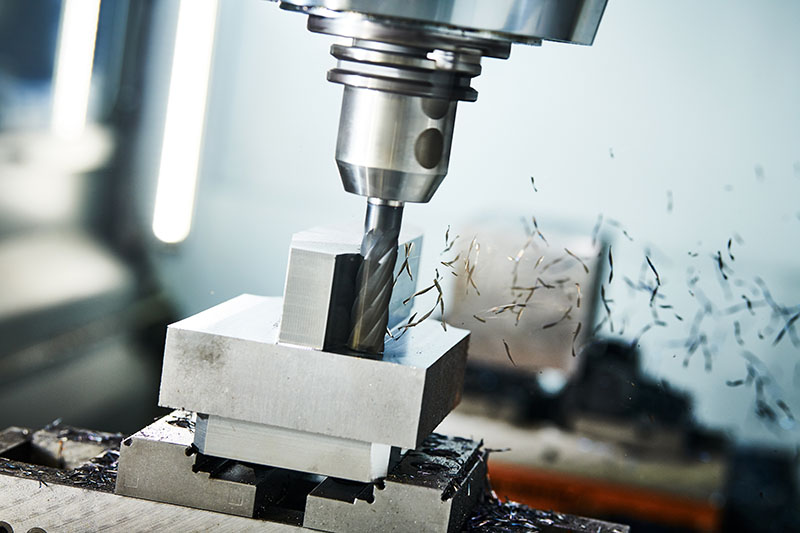If you’ve been in business for a while now, you’d know that time is money. Nowadays, businesses and manufacturers are under so much pressure to produce more at any given time. And with Computer Numerical Control (CNC) machining, in particular, time refers to more than just that. The CNC industry, in itself, is already fast-paced and highly competitive. And with this, there’s even that higher challenge to stay as efficient and productive as possible.
This fact is what it means to optimize operations. As is the case with any manufacturing operations, most projects start at the machining stage. This process is characterized by which machinists pass components from one party to another in the assembly line to build them up into bigger products.
So, how can a CNC machining manufacturer increase the efficiency of their operations? Here are some tips:
1. Understand The Different Productivity Factors
For your team to be able to implement a more efficient CNC machining process, it’s of paramount importance to first get a gist of the different productivity factors. What you may not have realized yet, that you should, is that there are so many ways for you to improve your efficiency and productivity.
And below are some of the factors you can target:
- Technical and production planning. It is one of the most crucial steps when it comes to fabrication. Before pushing through with all the other processes in the CNC machine shop, you must first pass through this first stage. It’s also during this planning phase that you can see and see how effective the allocation of all the available resources will be.
- Tools and machine efficiency. How efficient are the tools and equipment that you’re using? You may not be aware of it yet, but perhaps, you’re still stuck in the past using tools that are not effective anymore. It’s an expense to invest in new machinery like this CNC tap holder and equipment, but it’ll always be a worth-it cost.
- Even in CNC machines, it’s in inventory that a huge chunk of manufacturing waste can be coming from. Note, however, that poor inventory management leads to those wastes. Often, it’s concerning stock delays and unforeseen stock-off

2. Implement An Organized Floor Management System
For your CNC machine shop to function efficiently, all the machines and the personnel have to be operating in an organized system. A poorly organized floor management system leads to decreased productivity and loss of labor hours.
Henceforth, you may consider revisiting your floor management system to check how organized it is. Be sure to arrange and space out the workstations based on the daily workflow you’ll have to do. That way, the entire CNC team can work efficiently, with less time lost in trying to locate and use the right equipment.
3. Upgrade Or Retool Your Equipment
How depreciated are your CNC machines and tools? You may not be fully aware of it, but perhaps you have old machinery and equipment, which are no longer as efficient as you may have initially hoped they would be. While upsetting, you have to accept that it’s simply the nature of the game. Machines are just that – machines. Over time, they’re meant to depreciate or degrade, quality and output-wise.
Today’s machines and equipment are meant to be more powerful and efficient. So, it’s worth looking into new ones as a form of investment for swifter operations. And it can be a difficult consideration for many teams, given its price, but over time, the capital spent on this investment will translate to good returns, making it worthwhile.
4. Adopt Lean Manufacturing Processes
Adopting lean manufacturing processes is also about starting right at the macro level. At its core, lean manufacturing is all about process optimization. It refers to all the strategies applied which bring in the result of producing or making quality parts in a lesser time. It’s not merely about working faster, as such may result in errors. Rather, it’s more about performing efforts in a parallel level to eliminate rework and handoffs.
In today’s CNC machine processes, lean manufacturing can be found in situations like:
- Evolution in cutting tools used;
- Making the most out of sensors that provide real-time machine data;
- Applying work and tool holding, along with coolant and across metrology.
Conclusion
With CNC machining, every step of the assembly is very important. A delay on one end may significantly impact the entire operations. Given how highly competitive the manufacturing world of today, it’s even all the more important to operate competitively. If you want to save time to be more efficient (without sacrificing output quality), take note of the tips enumerated above. Take them one at a time, and eventually, you may be able to see a significant improvement in how your CNC machining process operates.

